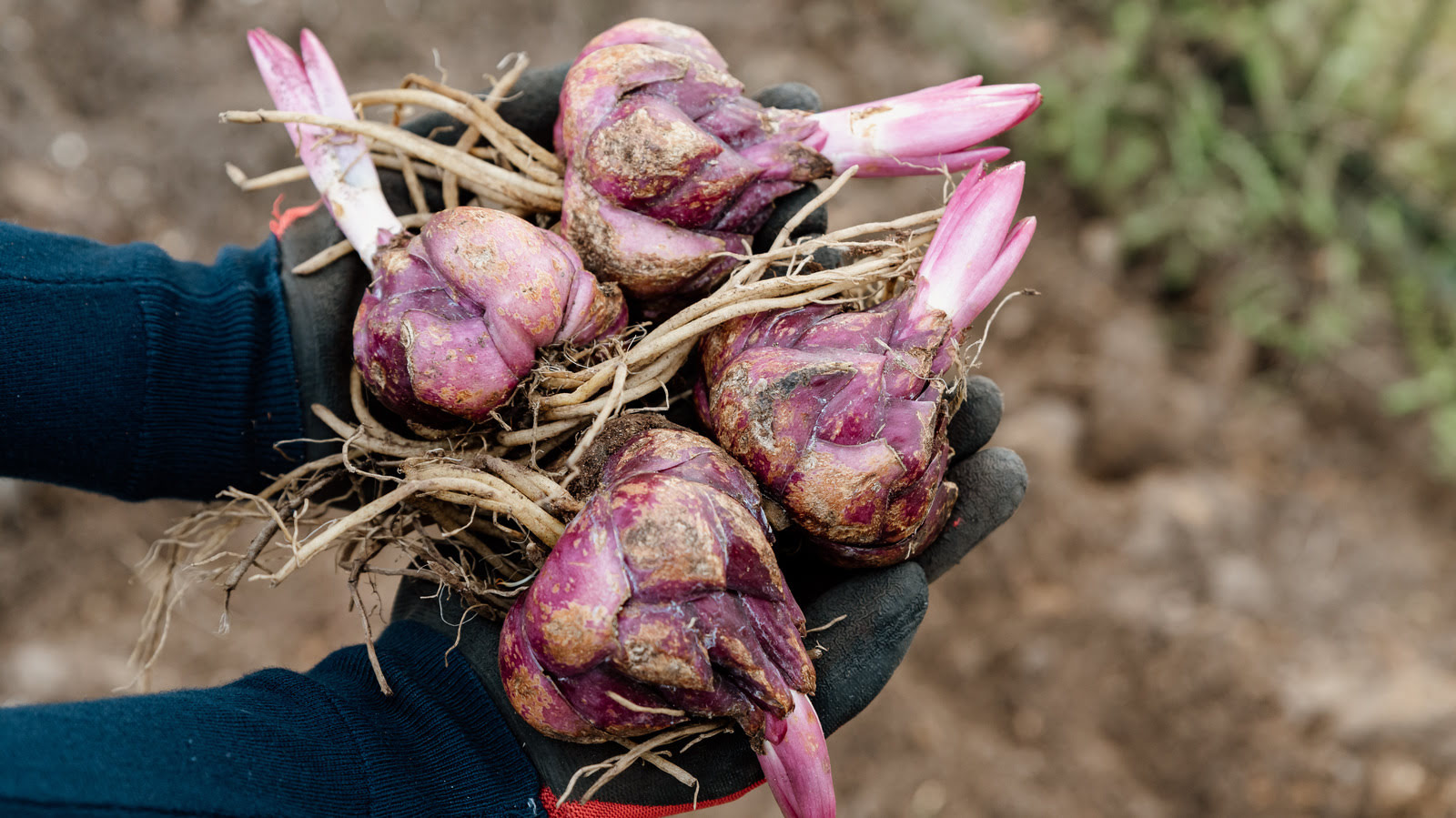

Articles
How To Store Lily Bulbs Until Planting
Modified: May 6, 2024
Learn how to store lily bulbs until planting with these informative articles. Ensure your bulbs stay healthy and ready for the perfect planting time.
(Many of the links in this article redirect to a specific reviewed product. Your purchase of these products through affiliate links helps to generate commission for Storables.com, at no extra cost. Learn more)
Introduction
When it comes to planting lilies in your garden, proper bulb storage is crucial for ensuring their success. Lily bulbs are delicate, and if not stored correctly, they can become damaged or rot before the next planting season. Whether you have purchased lily bulbs in advance or have dug them up from your garden, knowing how to store them until planting time is essential.
In this article, we will guide you through the process of storing lily bulbs, from selecting and digging them up to preparing the storage location and monitoring their condition. By following these steps, you can ensure that your lily bulbs remain healthy and viable, ready to be planted and bloom into beautiful flowers when the time comes.
Key Takeaways:
- Properly storing lily bulbs is essential for their health and successful growth. Select healthy bulbs, clean and trim them meticulously, and monitor their condition regularly to ensure optimal storage.
- Choose the right storage location, whether it’s paper bags or peat moss, and maintain suitable conditions for temperature, humidity, and ventilation. Follow the provided tips to increase the chances of successful lily bulb storage.
Read more: How To Store Bulbs Until Planting
Selecting and Digging up Lily Bulbs
Before storing lily bulbs, it’s important to choose the right bulbs and dig them up properly. Here are some guidelines to follow:
- Choose healthy bulbs: Select bulbs that are firm, plump, and free from blemishes or signs of disease. These bulbs have the best chance of survival and producing vibrant flowers.
- Dig bulbs at the right time: Lily bulbs should be dug up after the foliage has died back naturally. This usually occurs in late summer or early fall. Waiting until the foliage turns yellow and starts to wither ensures that the bulbs have gathered sufficient energy for the next growing season.
- Be gentle during the digging process: Use a garden fork or shovel to carefully loosen the soil around the bulbs. Take care not to cut or damage the bulbs with the tools. Lift the clumps of bulbs gently, ensuring that the attached roots remain intact.
Once you have carefully dug up the lily bulbs, it’s time to move on to the next step of the storage process – cleaning and trimming.
Cleaning and Trimming Lily Bulbs
After digging up lily bulbs, it’s important to clean and trim them before storing. This helps to remove any dirt, debris, or diseased parts that can potentially harm the bulbs during storage. Follow these steps to clean and trim your lily bulbs:
- Gently brush off excess soil: Use a soft brush or your hands to remove any loose soil from the bulbs. Avoid rinsing them with water, as excessive moisture can lead to rotting.
- Inspect the bulbs: Examine each bulb carefully for any signs of diseases, such as soft spots, mold, or discoloration. If you notice any damaged or diseased areas, remove them with a clean, sharp knife. Make clean cuts and ensure that the healthy tissue is left intact.
- Trim the roots and stems: Trim the roots to about 1 inch in length, removing any damaged or dried-out portions. If the stems are still attached, trim them to about 2-3 inches above the bulb. This helps to prevent moisture loss and encourages the bulbs to focus their energy on storage rather than maintaining foliage.
Once you have cleaned and trimmed your lily bulbs, it’s time to prepare the storage location.
Preparing the Storage Location
Before storing lily bulbs, it’s important to choose the right storage location and prepare it properly. Here are some steps to follow:
- Choose a cool, dry, and well-ventilated area: Lily bulbs thrive in cool temperatures and require good air circulation to prevent mold and rot. Find a storage location that maintains a temperature between 35°F to 50°F (1.7°C to 10°C), such as a basement, garage, or root cellar.
- Avoid direct sunlight and moisture: Ensure that the storage location is dark and free from excessive moisture. Direct sunlight can lead to premature sprouting or drying out of the bulbs, while excessive moisture can cause rotting.
- Prepare the storage containers: Select storage containers that allow for good airflow, such as paper bags or mesh bags. Avoid using plastic bags, as they can trap moisture and promote mold growth. Alternatively, you can use peat moss or vermiculite as storage mediums.
Once you have chosen the right storage location and prepared the containers, it’s time to move on to the actual storage methods for lily bulbs.
Storing Lily Bulbs in Paper Bags
Storing lily bulbs in paper bags is a popular and effective method that allows for proper airflow and moisture control. Here’s how to do it:
- Label the bags: Before placing the bulbs in the paper bags, label each bag with the lily variety or color. This will help you identify the bulbs easily when it’s time to plant them.
- Add a layer of storage medium: Line the bottom of each bag with a layer of peat moss or vermiculite. This helps to maintain the moisture levels without causing excessive dampness.
- Place the bulbs in the bag: Arrange the lily bulbs in a single layer inside the bag, ensuring that they are not touching each other. If you have a large number of bulbs, use separate bags or divide them into smaller groups to prevent overcrowding.
- Add another layer of storage medium: Once the bulbs are arranged, add another layer of peat moss or vermiculite on top, covering the bulbs completely. This extra layer helps to further regulate moisture and provides insulation.
- Seal the bags: Fold the top of each bag and secure it with a clip or tape to keep it closed. This helps to maintain a consistent environment inside the bag and prevents the bulbs from drying out.
Store the sealed paper bags of lily bulbs in the designated storage location, ensuring that they are kept away from direct sunlight and extreme temperature fluctuations. Regularly check on the bulbs to monitor their condition and make any necessary adjustments to temperature or moisture levels.
Store lily bulbs in a cool, dry place with good air circulation until planting. Avoid storing them in airtight containers or in areas with high humidity to prevent mold and rot.
Read more: How To Store Lily Bulbs
Storing Lily Bulbs in Peat Moss
Another effective method for storing lily bulbs is by using peat moss as a storage medium. Peat moss helps to regulate moisture levels and provides insulation. Here’s how to store lily bulbs in peat moss:
- Moisten the peat moss: Place the peat moss in a bucket or container and moisten it with water. It should be damp, but not saturated. Mix the peat moss gently to ensure even moisture distribution.
- Label the storage containers: Before placing the bulbs in the peat moss, label each storage container with the lily variety or color. This will help you easily identify the bulbs when it’s time to plant them.
- Add a layer of peat moss: In each storage container, create a layer of moist peat moss at the bottom. Aim for a thickness of about 2-3 inches to provide sufficient coverage for the bulbs.
- Place the bulbs in the peat moss: Gently nestle the lily bulbs into the peat moss, ensuring that they are evenly spaced and not touching each other. Larger bulbs can be placed deeper in the peat moss, while smaller bulbs can be closer to the surface.
- Cover the bulbs with peat moss: Once the bulbs are in place, cover them completely with a layer of moist peat moss, making sure they are completely surrounded by the medium.
- Secure the lid: Close the storage containers securely with their lids to create a sealed environment. This helps to maintain a consistent moisture level and temperature for the bulbs.
Store the sealed containers of lily bulbs in the designated storage location, away from direct sunlight and extreme temperature fluctuations. Regularly check on the bulbs to monitor their condition and adjust the moisture level of the peat moss if needed. Avoid opening the containers unnecessarily to prevent the bulbs from being exposed to excessive moisture or drying out.
Monitoring Stored Lily Bulbs
While lily bulbs are in storage, it is important to monitor their condition regularly to ensure their health and viability. Here are some key steps to follow:
- Check for mold or rot: Every few weeks, inspect the stored bulbs for any signs of mold or rot. If you notice any bulbs that are soft, discolored, or emitting a foul odor, remove them immediately to prevent the spread of disease to the healthy bulbs.
- Assess moisture levels: Excessive moisture can lead to rotting, while inadequate moisture can cause the bulbs to dry out. Check the storage medium, whether it’s peat moss or paper bags, to ensure it is still slightly moist. If the storage medium feels too dry, you can lightly mist it with water to maintain proper moisture levels.
- Monitor temperature: Keep an eye on the storage location’s temperature. It should remain consistently cool, between 35°F to 50°F (1.7°C to 10°C). Extreme temperature fluctuations can disrupt the dormancy of the bulbs and affect their future growth.
- Prevent sprouting: Occasionally, lily bulbs may start to sprout during storage. If you notice any signs of sprouting, gently remove the sprouts to prevent unnecessary energy depletion.
- Record observations: Keep a record of your observations as you monitor the stored lily bulbs. Note any changes in the bulbs’ condition, any necessary adjustments you make to the storage environment, and any signs of growth or damage. This will help you track the success of your storage methods and make improvements for future seasons.
By regularly monitoring your stored lily bulbs and taking appropriate action when needed, you can ensure that they remain in optimal condition until planting time arrives.
Tips for Successful Lily Bulb Storage
To ensure successful lily bulb storage and maximize their chances of blooming into beautiful flowers, consider the following tips:
- Choose healthy bulbs: Start with healthy bulbs that are firm, plump, and free from blemishes or signs of disease. Healthy bulbs have a higher chance of surviving storage and producing vibrant blooms.
- Properly cure the bulbs: After digging up the bulbs, allow them to cure for a few days before storing them. This helps to dry out any moisture on the surface and promotes better storage conditions.
- Use proper storage containers: Whether you opt for paper bags or peat moss, ensure that your storage containers allow for proper airflow and moisture control. Avoid using plastic bags, as they can trap moisture and lead to rotting.
- Maintain suitable storage conditions: Store the bulbs in a cool, dry, and well-ventilated location with a temperature between 35°F to 50°F (1.7°C to 10°C). Keep the bulbs away from direct sunlight and extreme temperature fluctuations.
- Avoid mixing different varieties: If you are storing bulbs of different lily varieties, it’s best to keep them separate. This prevents cross-contamination and allows you to plant them more accurately according to their specific needs.
- Regularly check bulbs in storage: Monitor the stored bulbs regularly for any signs of mold, rot, or sprouting. Remove any affected bulbs promptly to prevent the spread of diseases and maintain the overall health of the stored bulbs.
- Label your bulbs: Label each container or bag with the variety or color of the lily bulbs inside. This will help you easily identify them when it’s time for planting.
- Keep records: Keep records of your storage methods, observations, and any adjustments made. This will help you evaluate the success of your storage techniques and improve them for future seasons.
- Plan for proper planting: While storing lily bulbs, it’s important to plan for their eventual planting. Research the ideal planting time for each lily variety and prepare your garden beds accordingly.
By following these tips, you can increase the chances of successfully storing lily bulbs and enjoy the beauty of their blooms when the planting season arrives.
Conclusion
Properly storing lily bulbs is crucial for their overall health and successful growth. By following the steps outlined in this article, you can ensure that your lily bulbs remain in optimal condition during the storage period, ready to be planted and bloom into magnificent flowers.
Remember to select healthy bulbs and dig them up at the right time. Clean and trim the bulbs meticulously, removing any diseased or damaged parts. Prepare a suitable storage location that provides the right temperature, humidity, and ventilation to prevent mold or rot.
Whether you choose to store your lily bulbs in paper bags or peat moss, ensure proper airflow and moisture control. Regularly monitor the bulbs for any signs of trouble, such as mold, rot, or sprouting. Make necessary adjustments to maintain ideal storage conditions.
Follow the provided tips for successful lily bulb storage, including using proper storage containers, maintaining suitable storage conditions, and keeping records of your storage methods and observations. By adhering to these guidelines, you can greatly increase the chances of your lily bulbs thriving when the time comes to plant them.
So, take the time to store your lily bulbs correctly and patiently wait for the next gardening season. With proper storage and care, you’ll be rewarded with stunning lily blooms that will add beauty and elegance to your garden.
Now that you've mastered storing lily bulbs, why not enhance your garden's charm with creative barriers? Our next read offers inspiration with "40 Best Garden Fence Ideas To Try In 2022," perfect for gardeners looking to blend functionality with style. Whether you need privacy, protection, or simply an aesthetic upgrade, these ideas will spark your imagination and transform your garden into a delightful sanctuary.
Frequently Asked Questions about How To Store Lily Bulbs Until Planting
Was this page helpful?
At Storables.com, we guarantee accurate and reliable information. Our content, validated by Expert Board Contributors, is crafted following stringent Editorial Policies. We're committed to providing you with well-researched, expert-backed insights for all your informational needs.

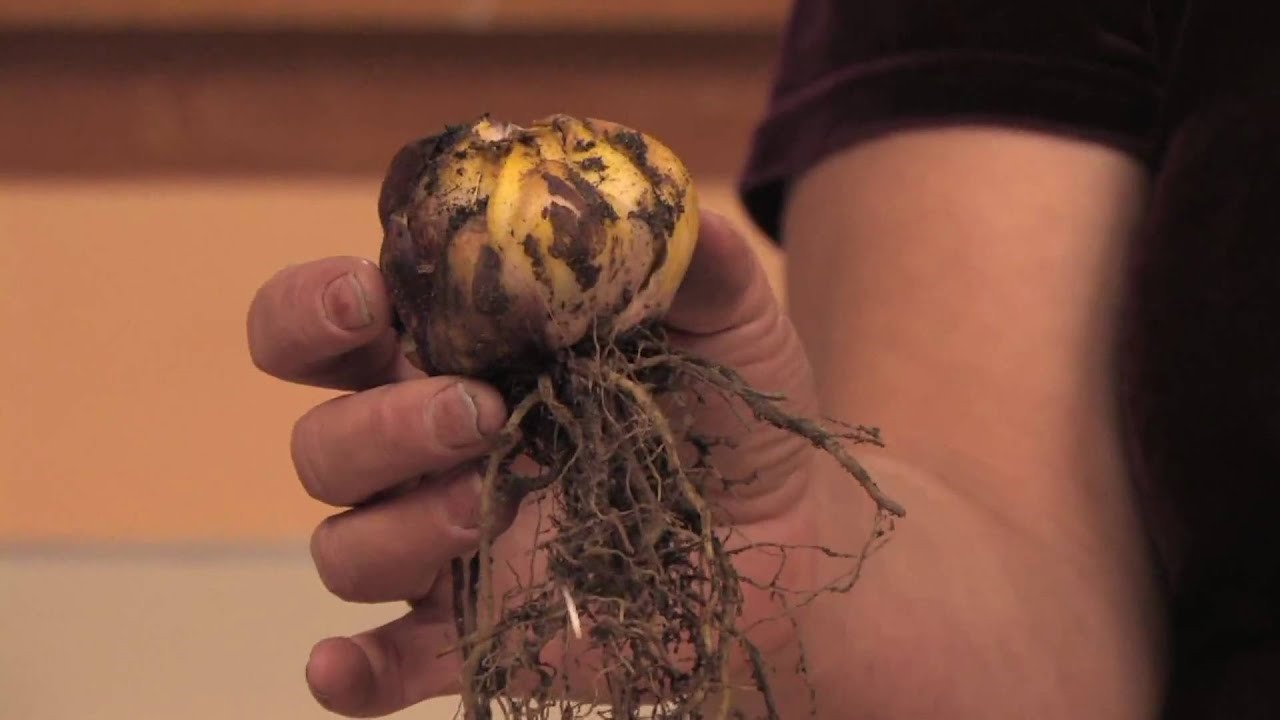
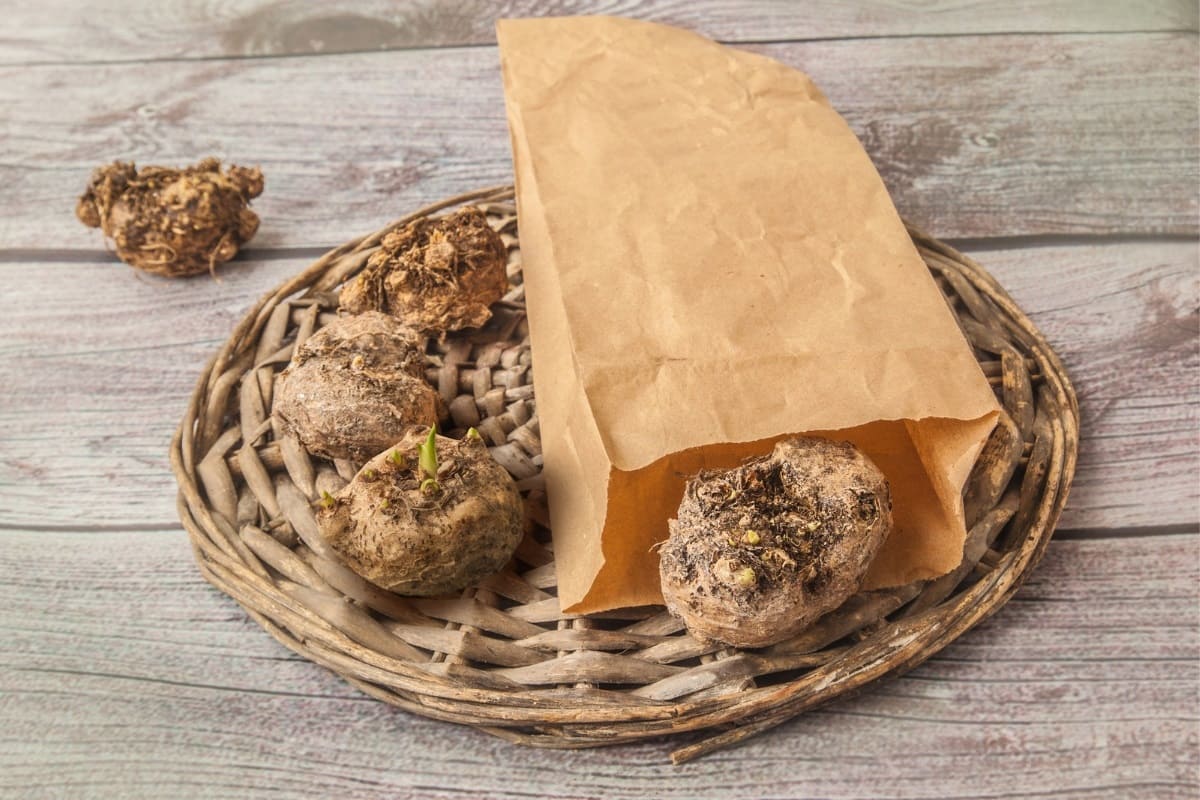
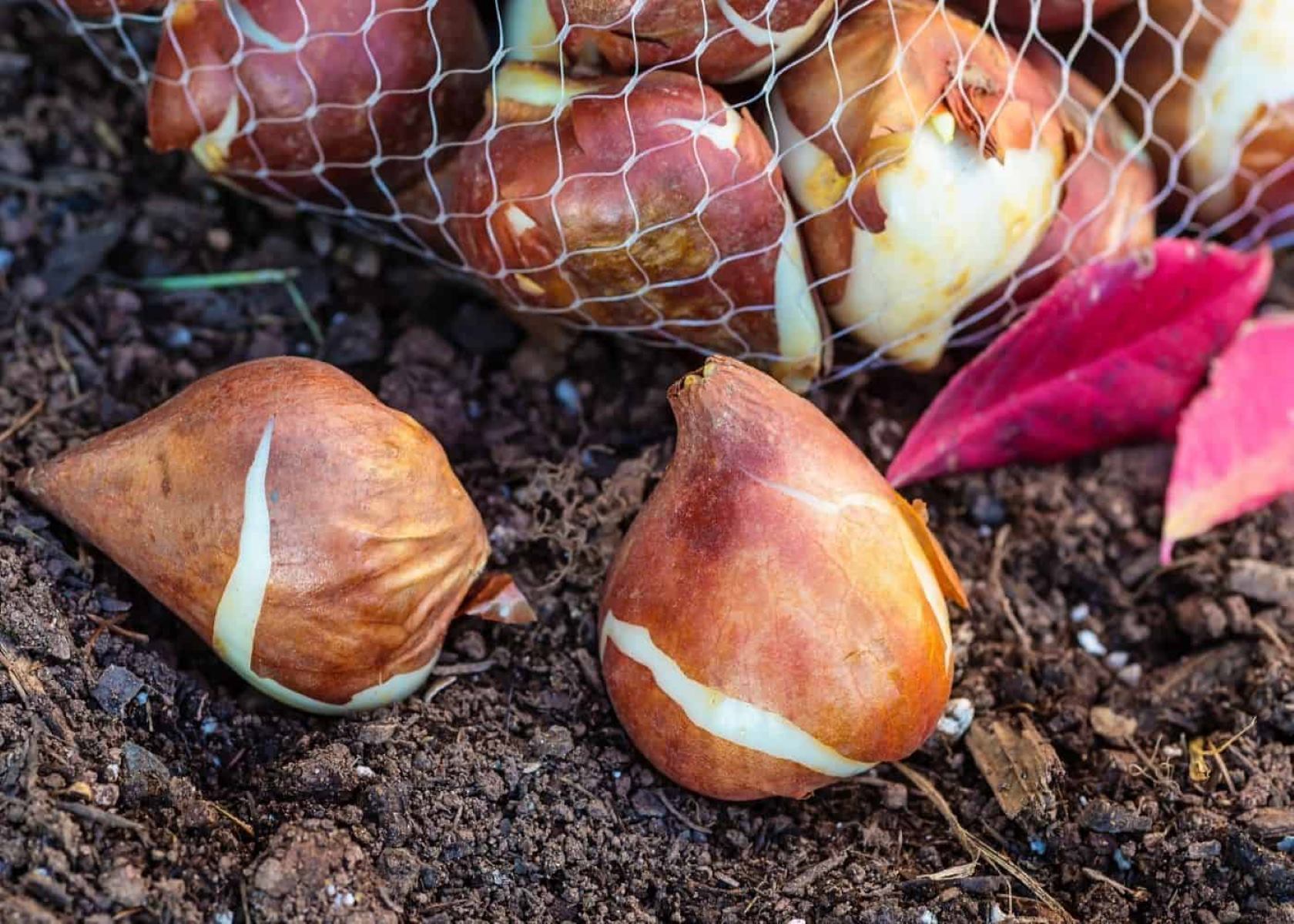
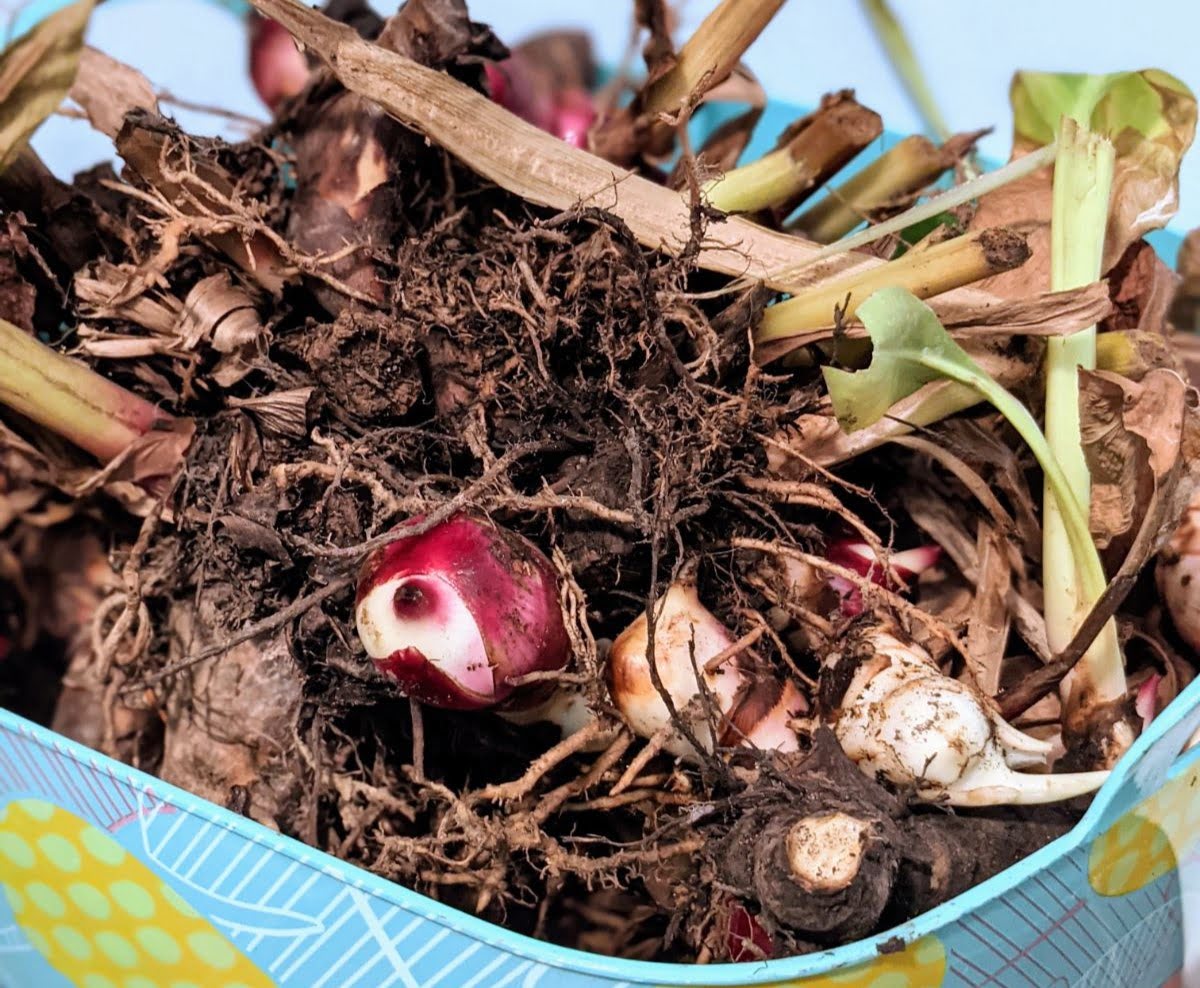
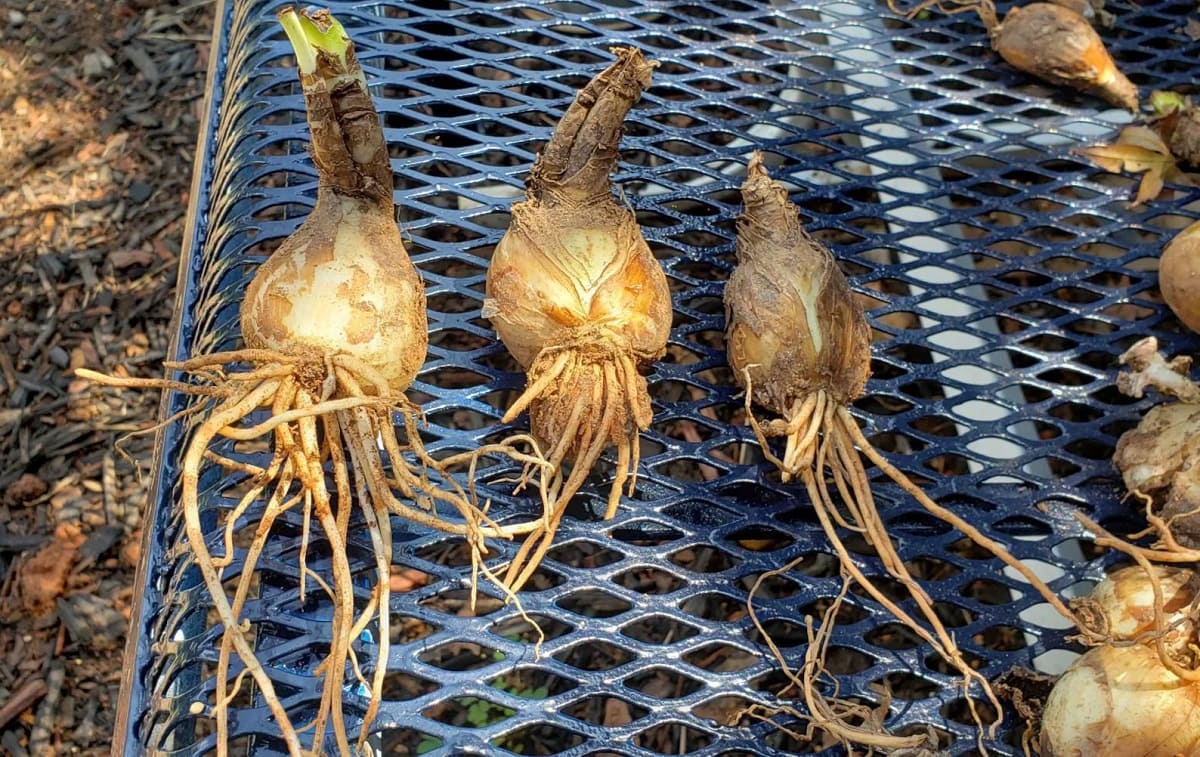
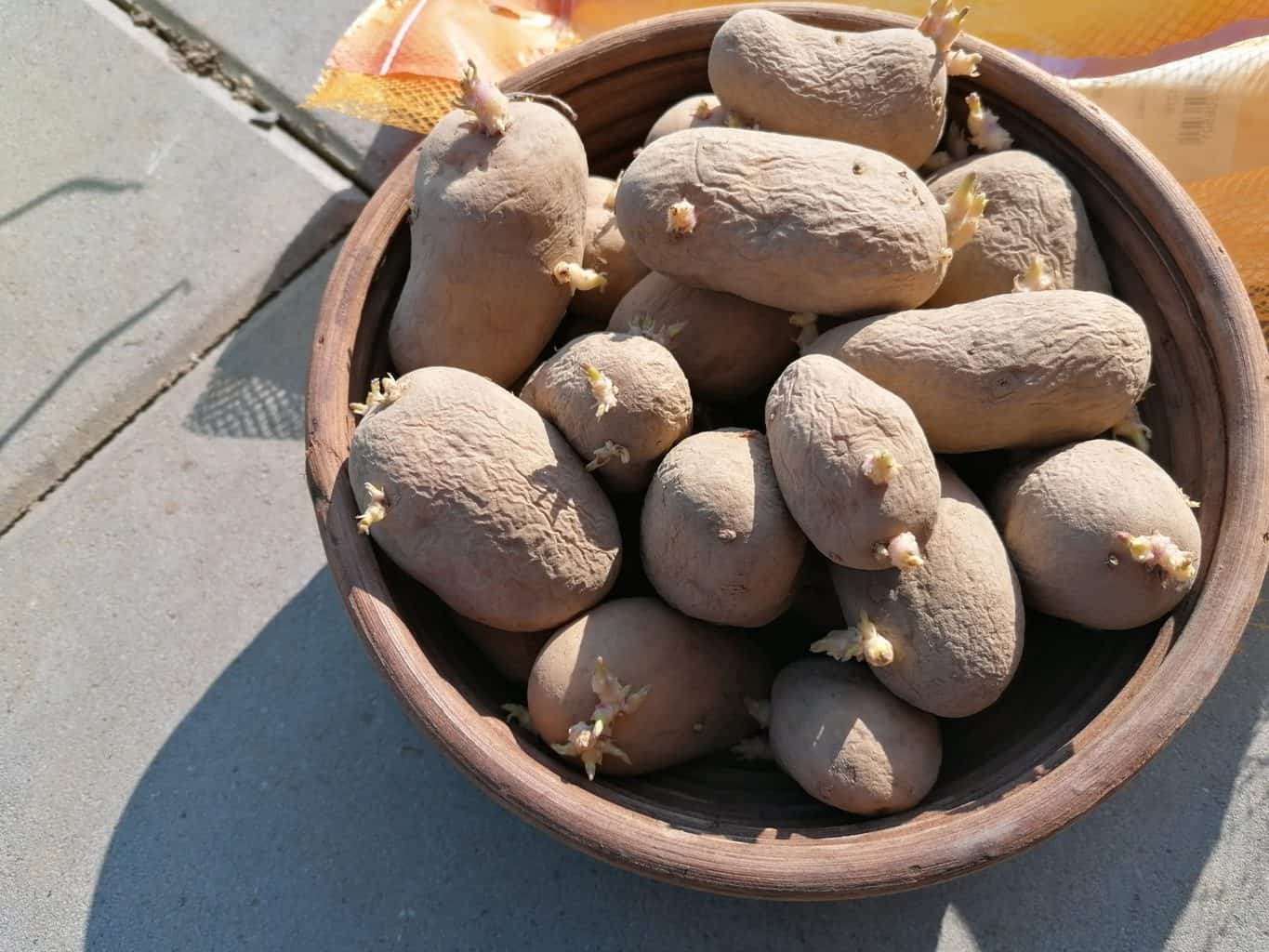
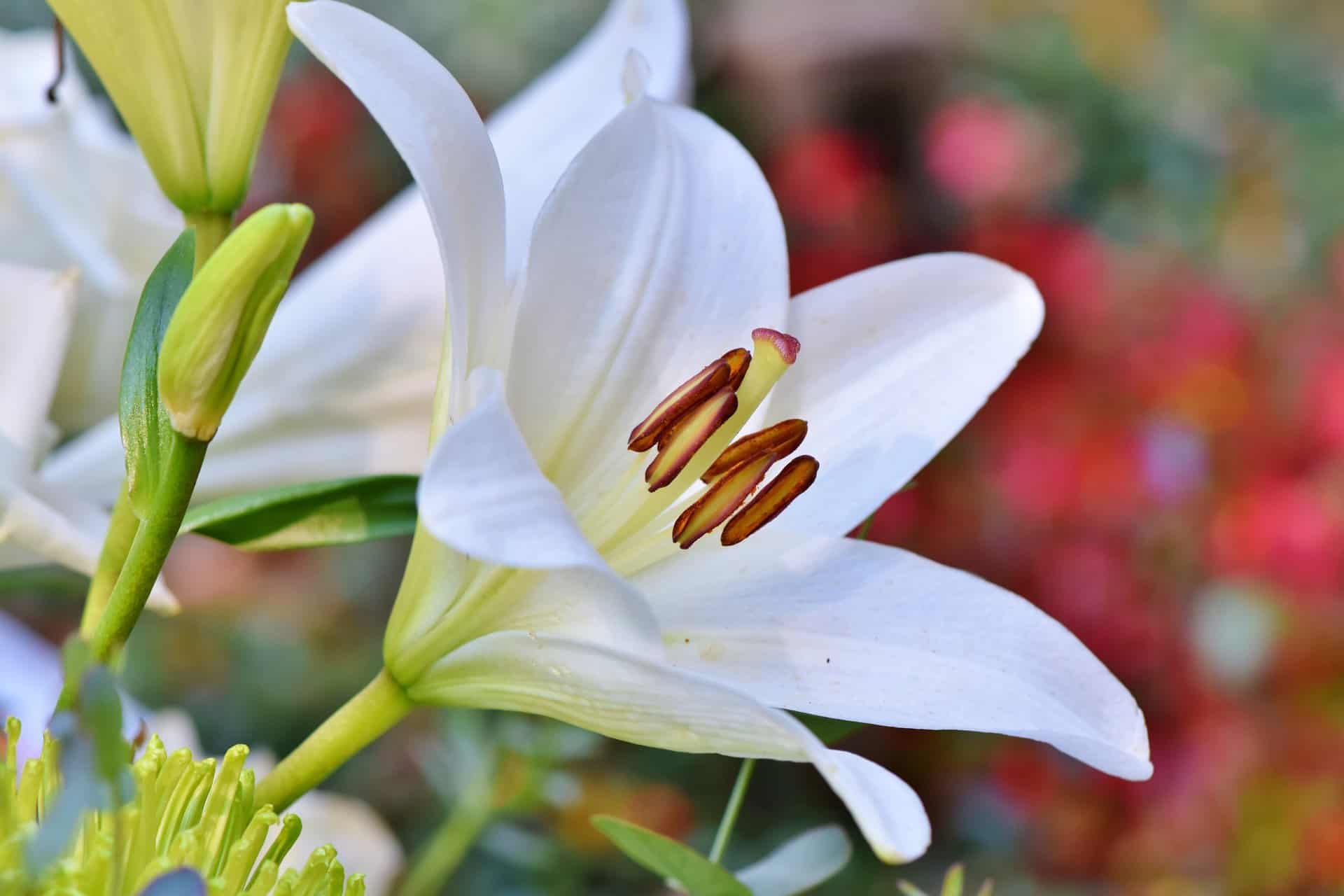
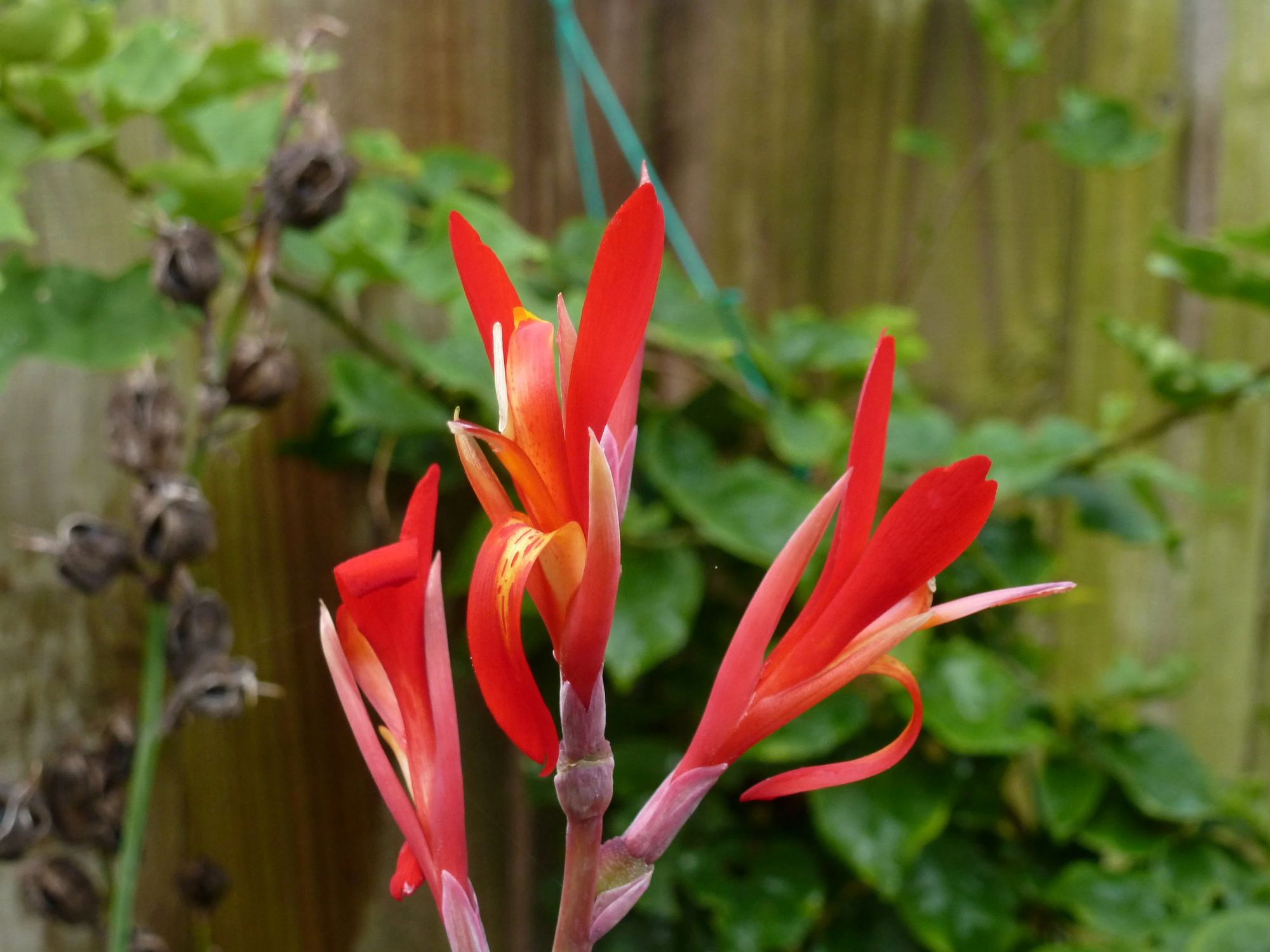
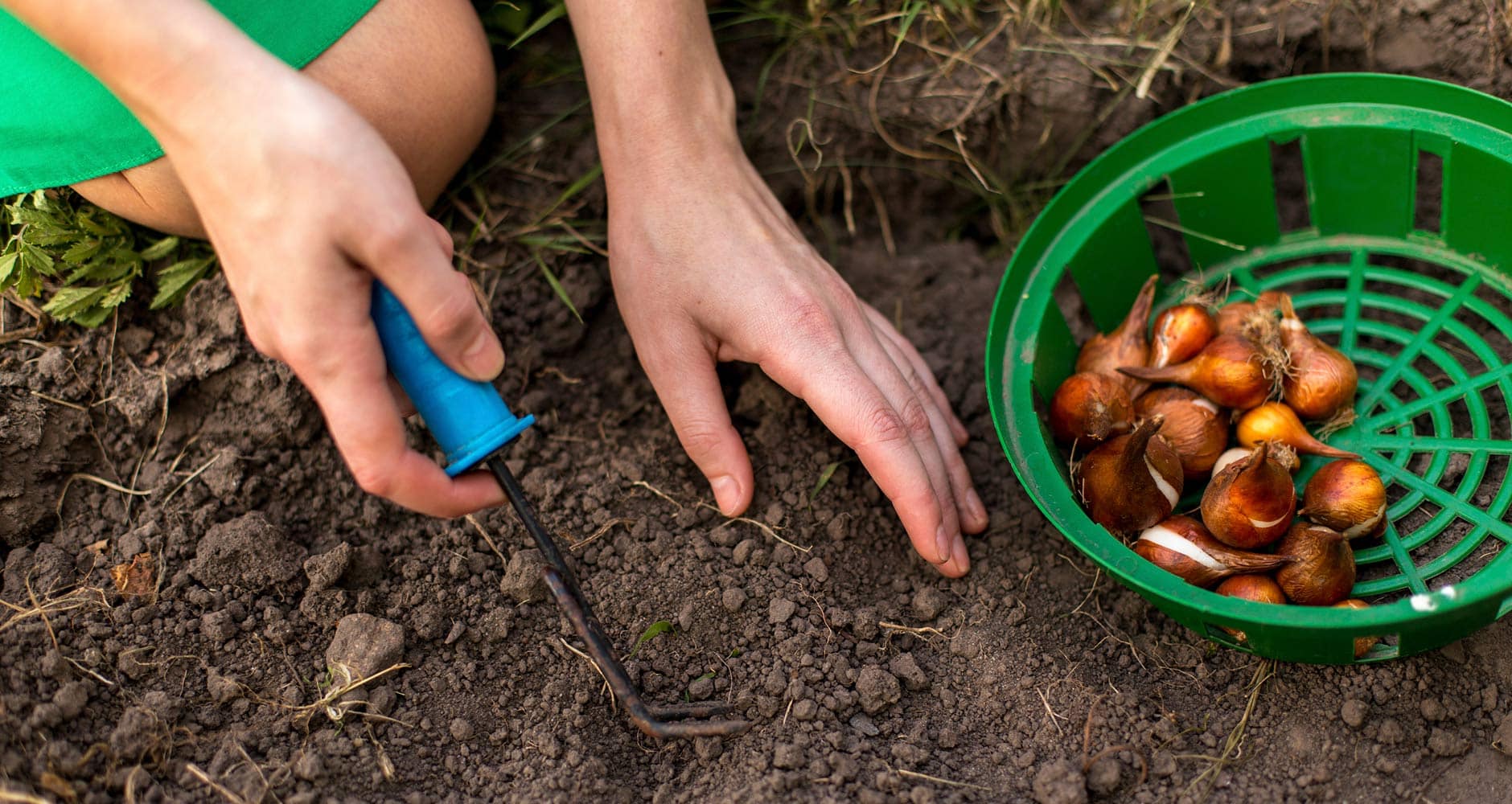

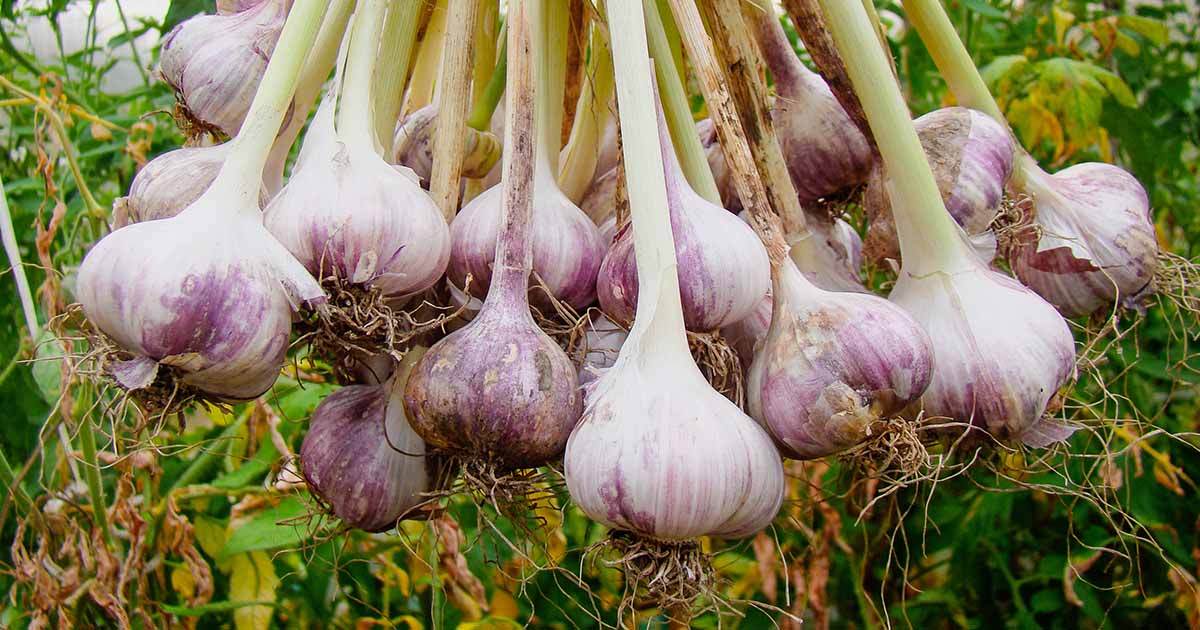

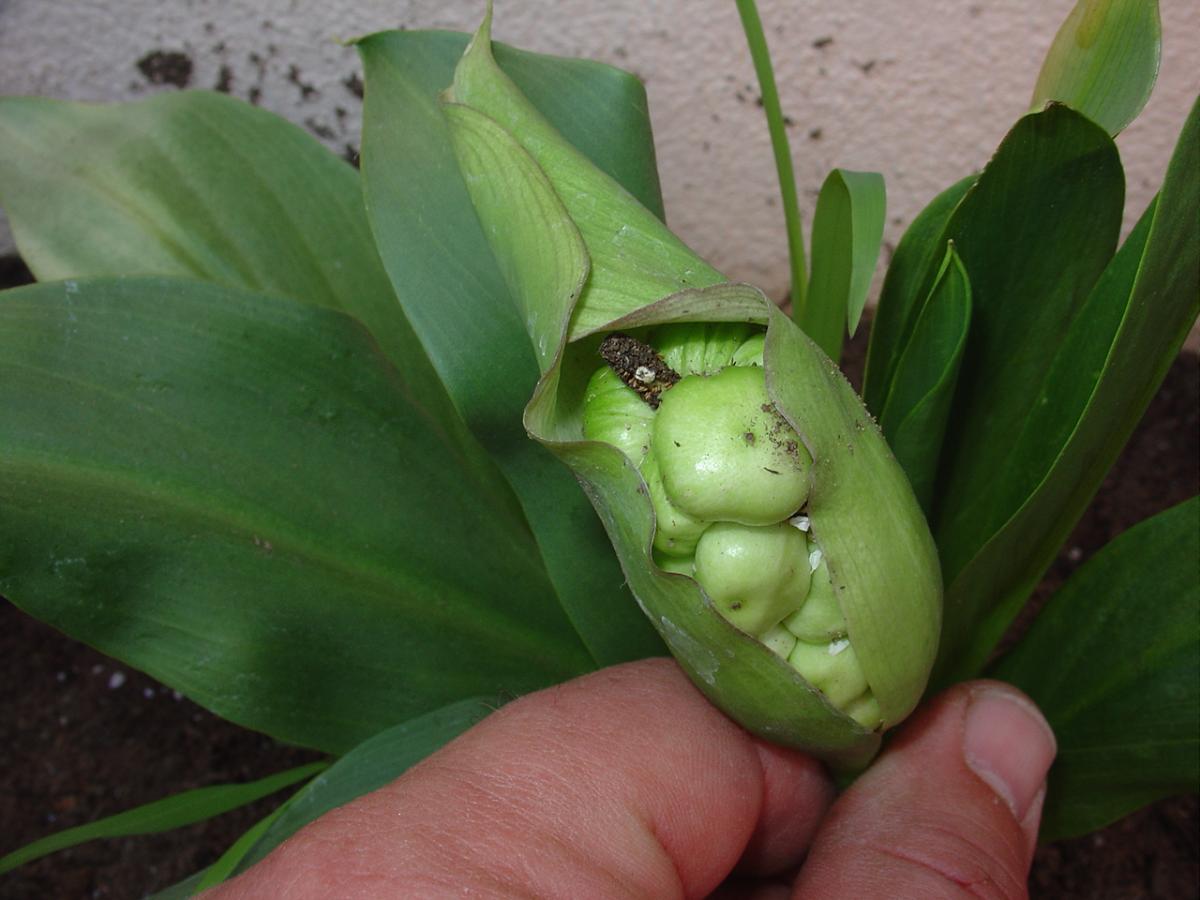

0 thoughts on “How To Store Lily Bulbs Until Planting”